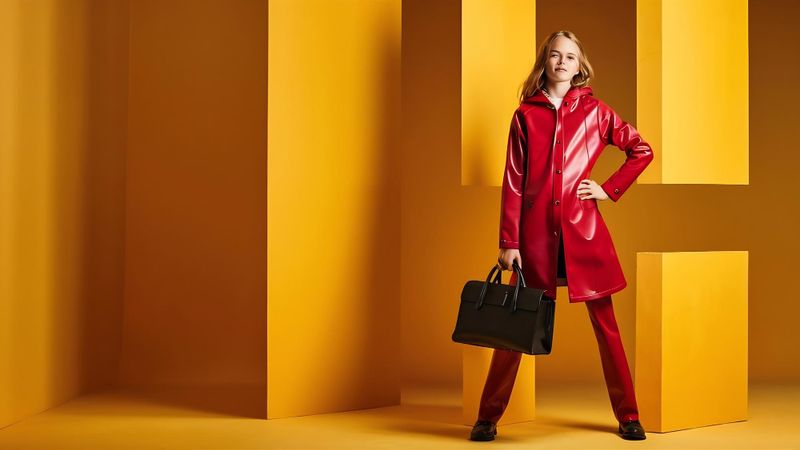Within the bustling sphere of Indian fashion, Zara stands out as a significant player. Whether you're a Bollywood buff or a casual fashionista, Zara has revolutionized the way people in India dress, creating a style revolution that's hard to ignore. And what's even more intriguing is how they've managed to build a whopping $13 billion empire without bombarding us with traditional ads.
Picture this: you're strolling through your favorite mall, and there it is – Zara's latest collection showcased in all its glory. The designs are so captivating you can't help but be drawn in. It's like they have this magic spell that beckons you to step inside and explore.

Once you're in, it's like diving into a treasure trove of fashion wonders. Every corner holds something exciting, from trendy tops to statement accessories. You could spend hours weaving through the aisles, crafting the perfect ensemble for any occasion.
But it's not just about the clothes – it's the whole experience. The upbeat tunes and the sleek interiors all add to the thrill of shopping at Zara. It's like being whisked away to a fashion paradise where every discovery feels like a win.
And the best part? You don't need a fat wallet to shop here. Zara's prices are surprisingly wallet-friendly, making luxury fashion accessible to all.
This combination of style, affordability, and a touch of magic has cemented Zara's place in India's Fashion Hall of Fame.

#Reaching the Right Crowd
Zara's knack for hitting the bullseye with its audience owes much to its savvy targeting of India's well-off crowds - India 1 and those aiming high in India 2. These folks have the bucks to shell out for Zara's fancy gear, whether it's forking over ₹3,500 for a pair of trendy jeans or splurging on other chic offerings. The secret sauce? It's all about the branding game. Zara oozes luxury vibes and top-notch quality, so customers can't help but see the brand as a symbol of wealth and class.

Let's add a touch of engagement to spice things up: Imagine strolling through a bustling mall, eyeing those sleek Zara storefronts, and feeling that magnetic pull toward the latest fashion must-haves. With each piece, you're not just buying clothes but investing in a lifestyle, a statement of who you are and where you're headed. That's the allure Zara brings to the table, drawing you into its world of elegance and sophistication.
#Crafting Growth: A Slow but Steady Approach
Zara has a unique way of expanding that sets it apart from the crowd. Instead of rushing into new territories like a bull in a china shop, Zara takes its time, laying down its roots carefully. Imagine an oil stain gradually spreading across a surface, that's how Zara does it. It starts small, with just one flagship store in a new country. Then, it's all about watching, listening, and learning. Zara pays close attention to what makes local shoppers tick, adjusting its offerings to fit their tastes.
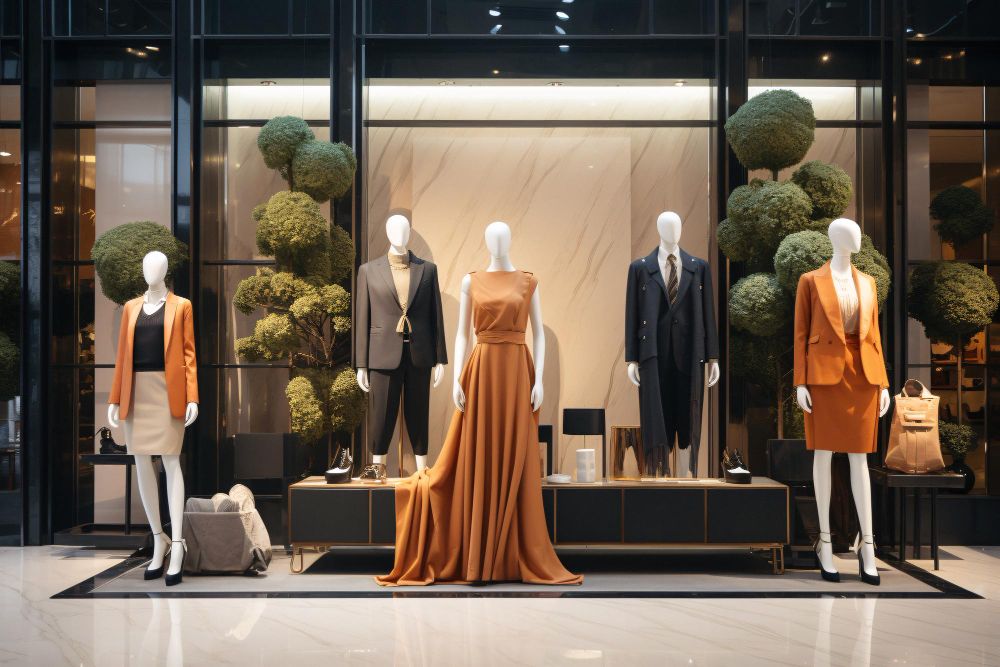
But here's the kicker: Zara doesn't stop there. Once it's got a good feel for the market, it's like setting off a domino effect. The brand expands, opening up more stores and embedding itself deeper into the community. It's a strategy that's all about taking it slow, being deliberate, and ensuring every move counts.

Zara thrives on putting you, the customer, front and center. They listen to what you want and need. How? Well, they keep a close eye on what you like by using fancy tech like RFID in their stores. This helps them know your preferences and make sure they're stocking the stuff you love. Plus, their store managers work closely with the designers to make sure they're always bringing you the latest trends that you'll be excited about. Cool, right? It's all about making sure you're happy and feeling your best when you step into a Zara store.
#Streamlined Supply Chain Management
Zara's supply chain is like the engine powering its entire operation. They've got most of their factories right in Spain, and they've set up this super-central hub that keeps everything running smoothly. From there, they're in constant touch with suppliers and stores all over the globe. It's kind of like having your own team in every corner of the world.
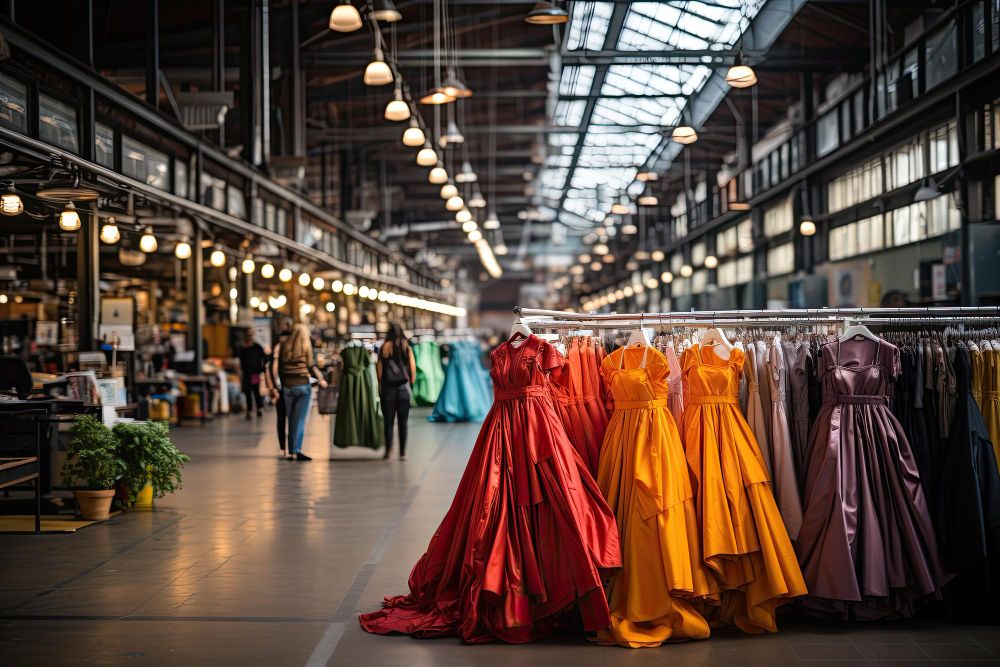
This setup helps Zara keep costs in check and stay flexible when the market throws curveballs. So, instead of drowning in unsold stuff, they've got it down to just 10%. That's pretty impressive, considering most others in the biz hover around 17%.
And you know what's cool? This isn't just about clothes and numbers. It's about staying on your toes, adapting to what people want, and making it happen in real time. Zara's supply chain isn't just efficient; it's like a dance that keeps the whole company grooving to the beat of the fashion world.
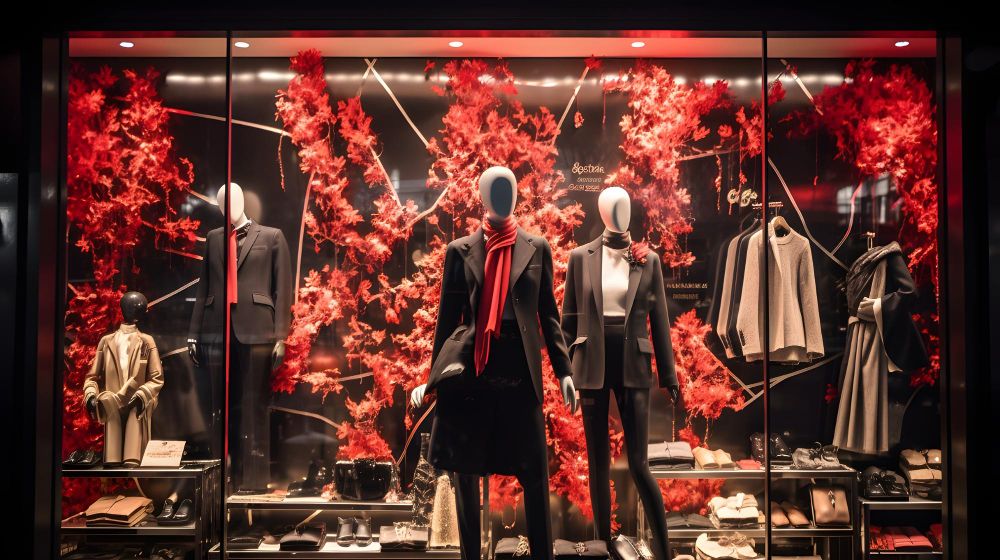
#Conclusion
As India progresses towards claiming the world's largest consumer market by 2030, there's a whopping $100 billion opportunity waiting in the global fast fashion market. Big Indian players like Tata and Reliance are gearing up to seize their share of this promising market. While the fast fashion industry's environmental impact is a cause for concern, its potential to boost India's economy could significantly change the retail landscape.

Reflecting on Zara's journey in India, it's clear that its success stems from strong branding, smart expansion strategies, a focus on customers, and efficient supply chain management. As Zara continues to thrive amidst India's vibrant fashion scene, it prompts us to consider the real price we pay for fast fashion, not just in terms of money but also its impact on people and the planet.
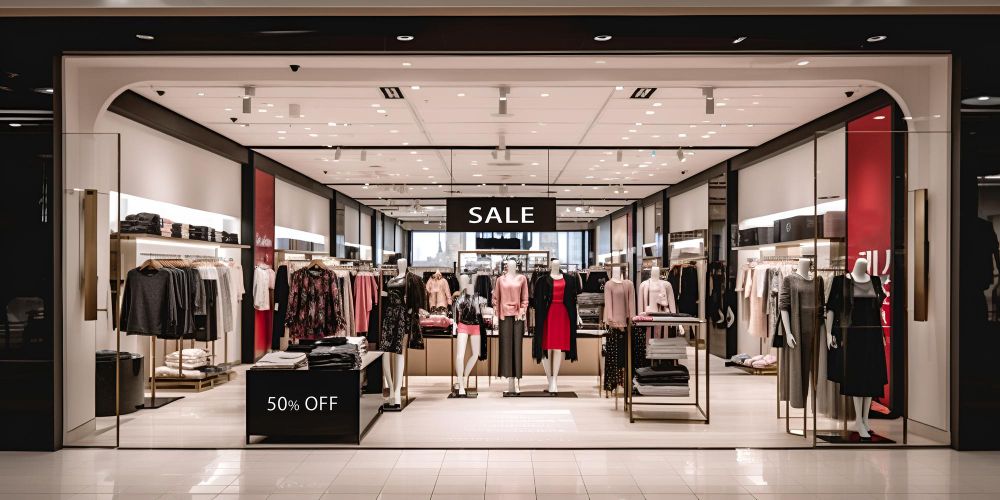
As we anticipate the future, it's crucial for both consumers and businesses to initiate discussions surrounding sustainability and conscientious consumption. Making informed choices and supporting brands that prioritize ethical practices, such as Zyod's commitment to eco-friendly production, can pave the way for a more balanced and mindful fashion industry in India and beyond.
After all, the choices we make today shape the world we'll inhabit tomorrow.

